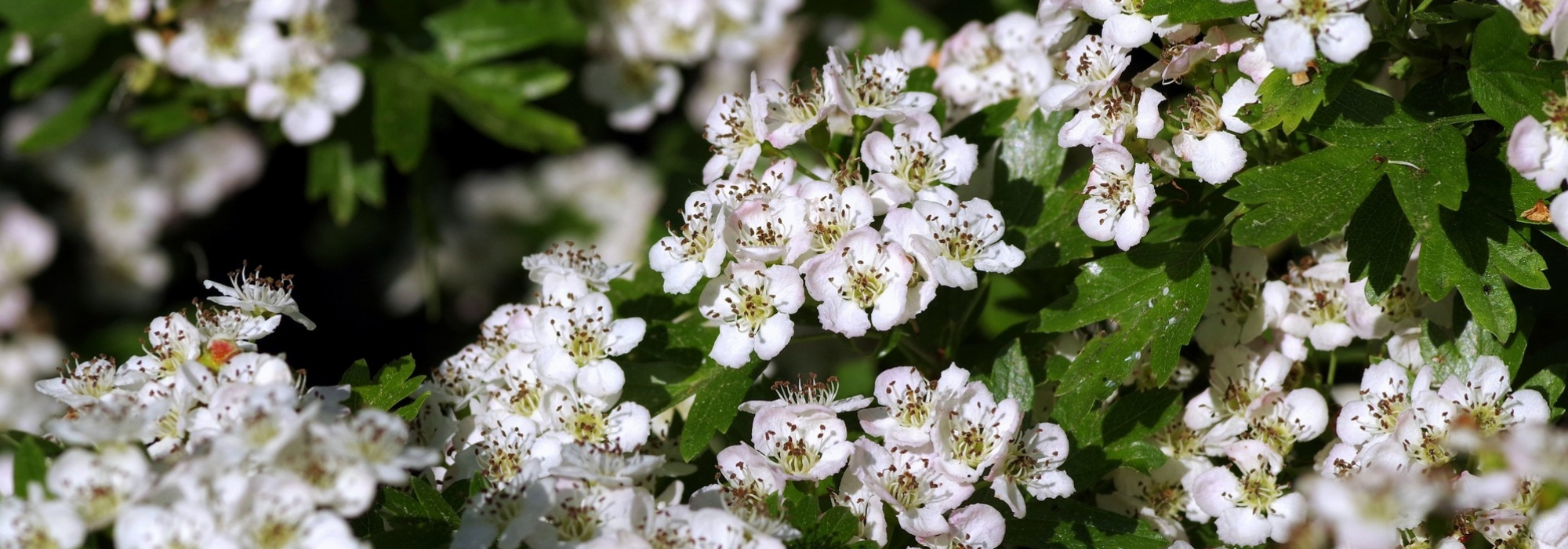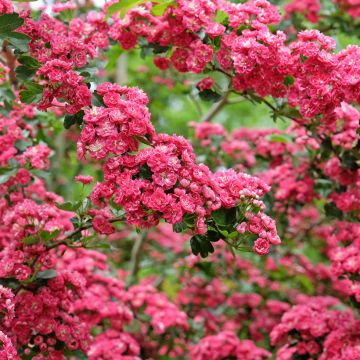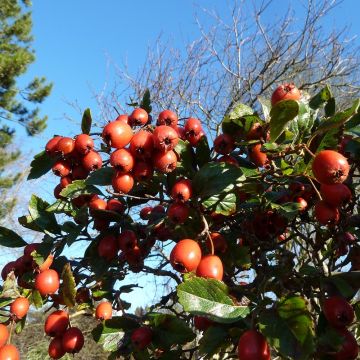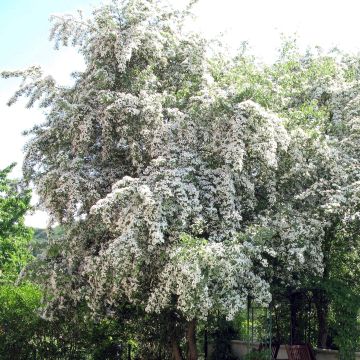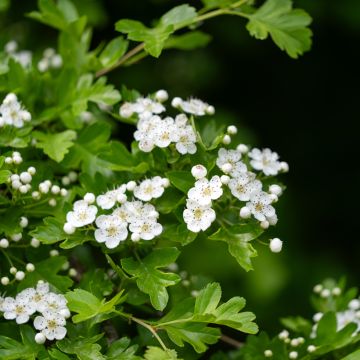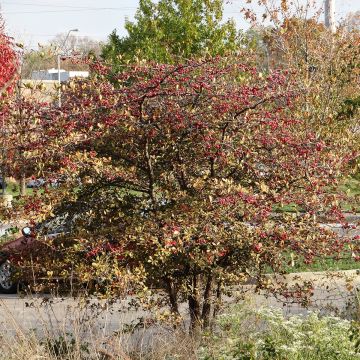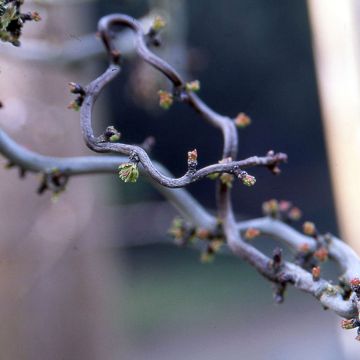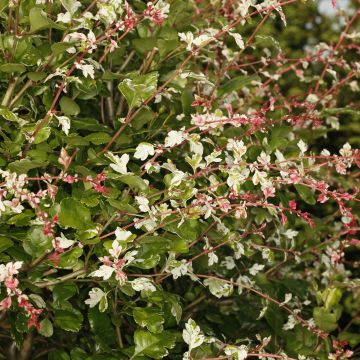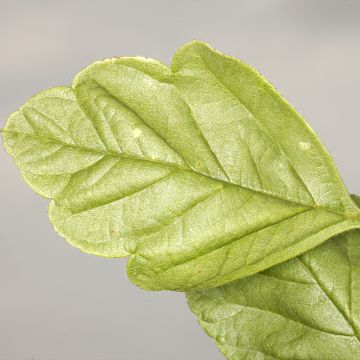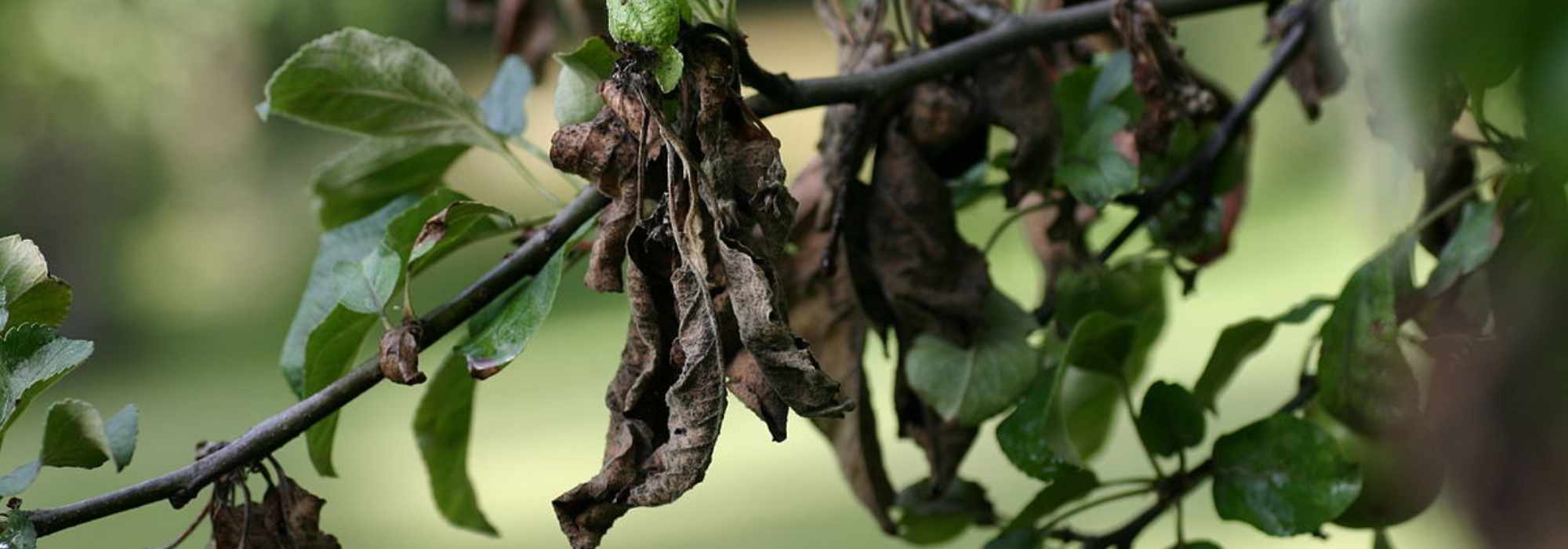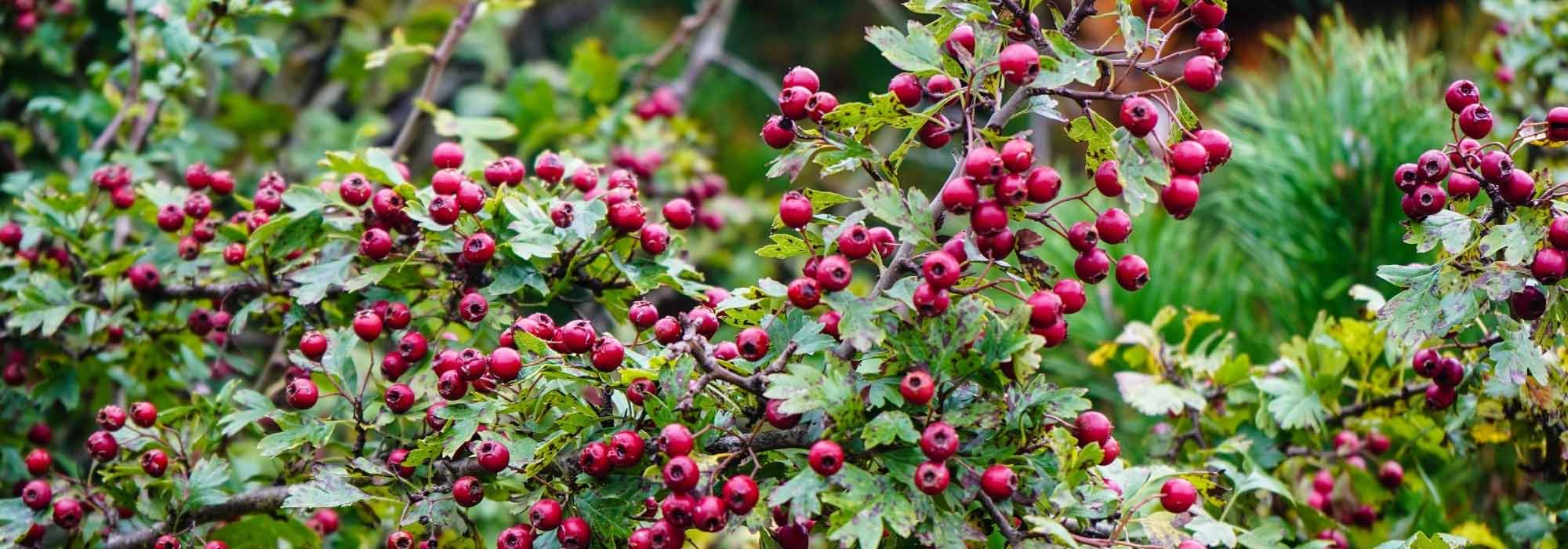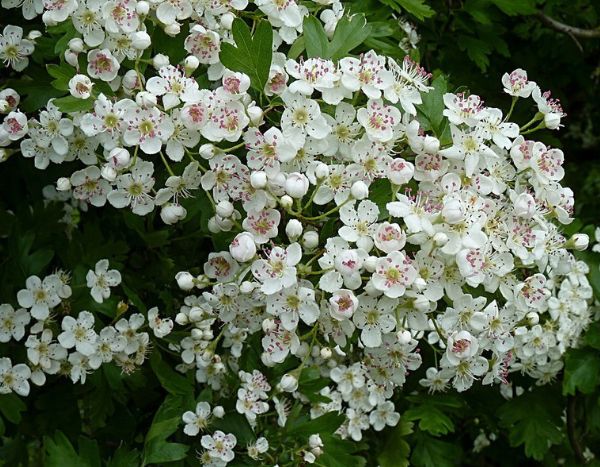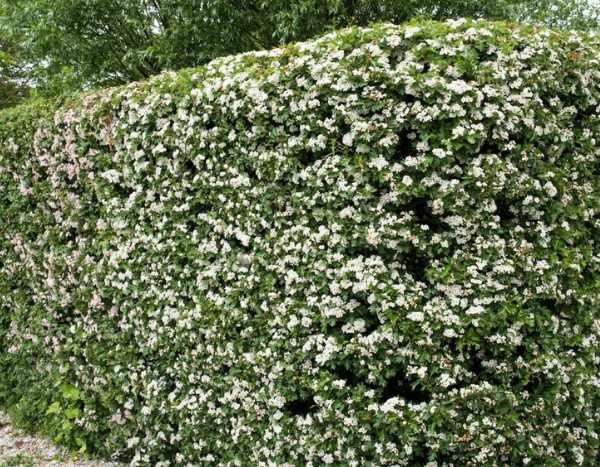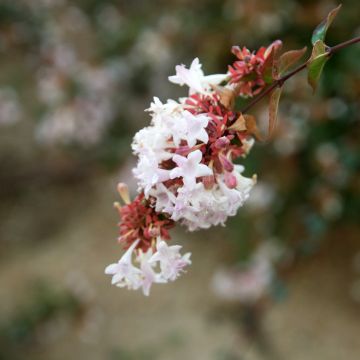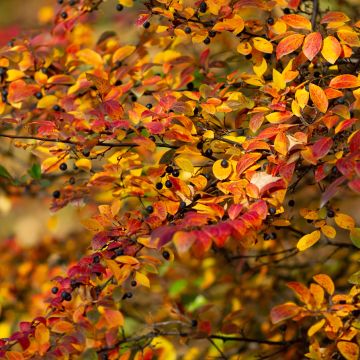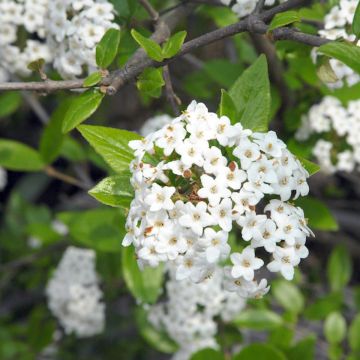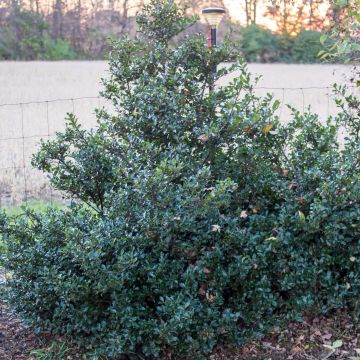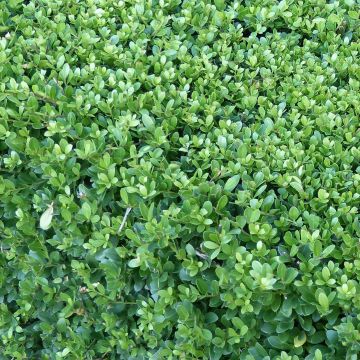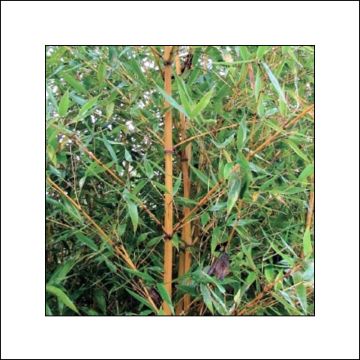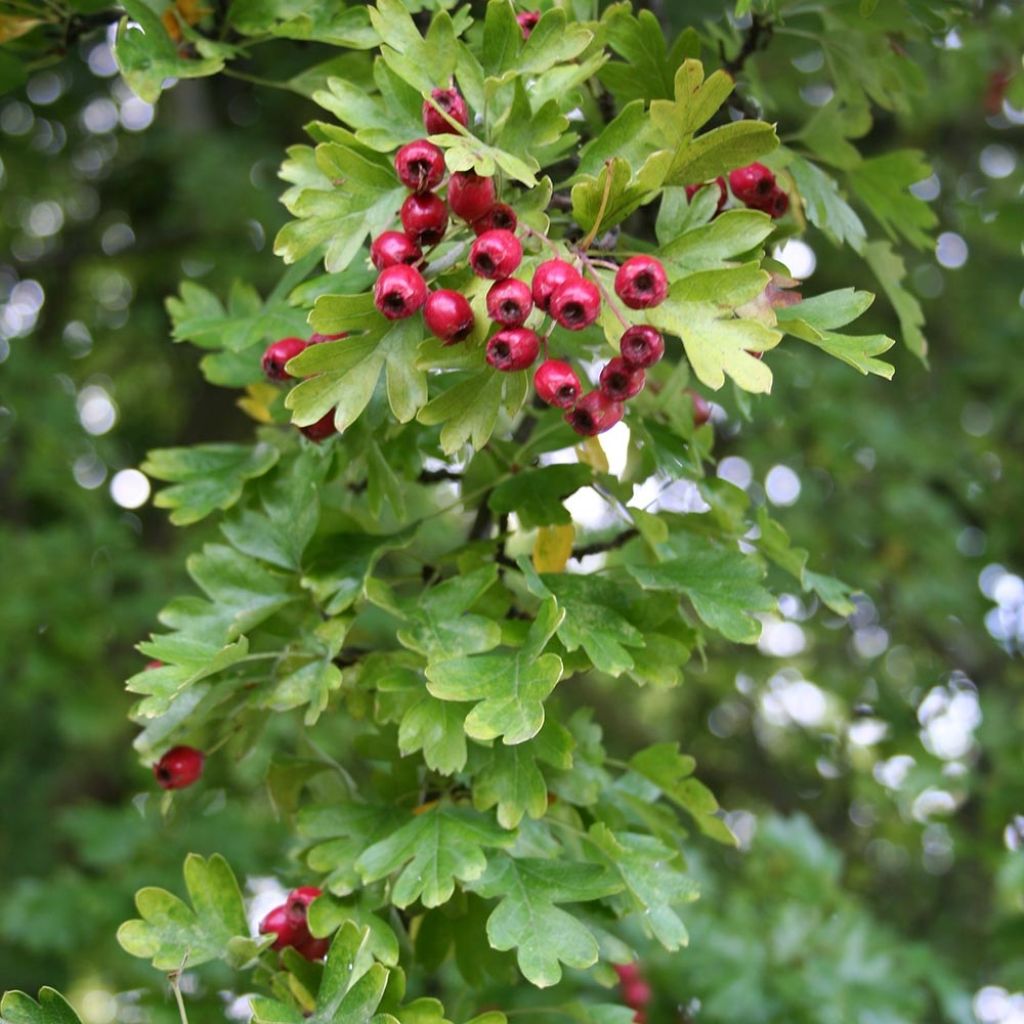

Crataegus monogyna Stricta - Aubépine
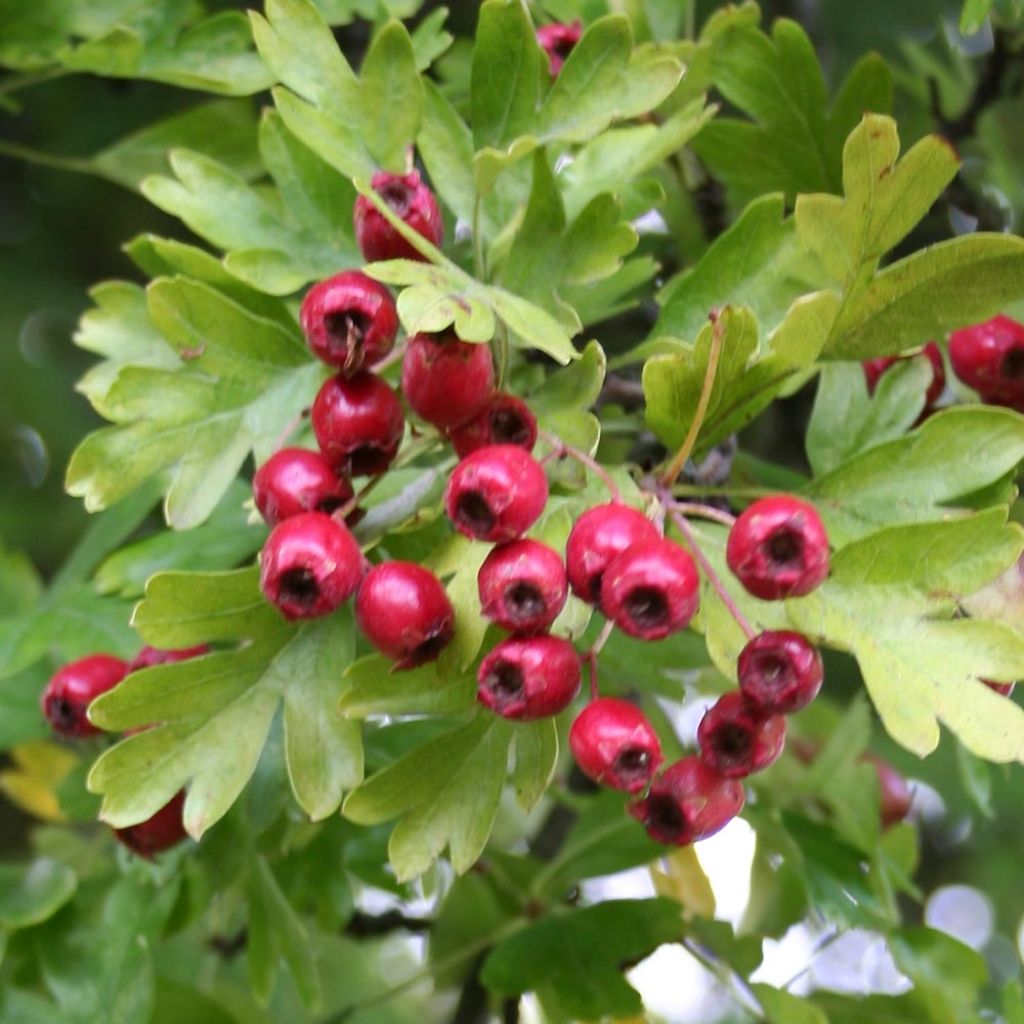

Crataegus monogyna Stricta - Aubépine
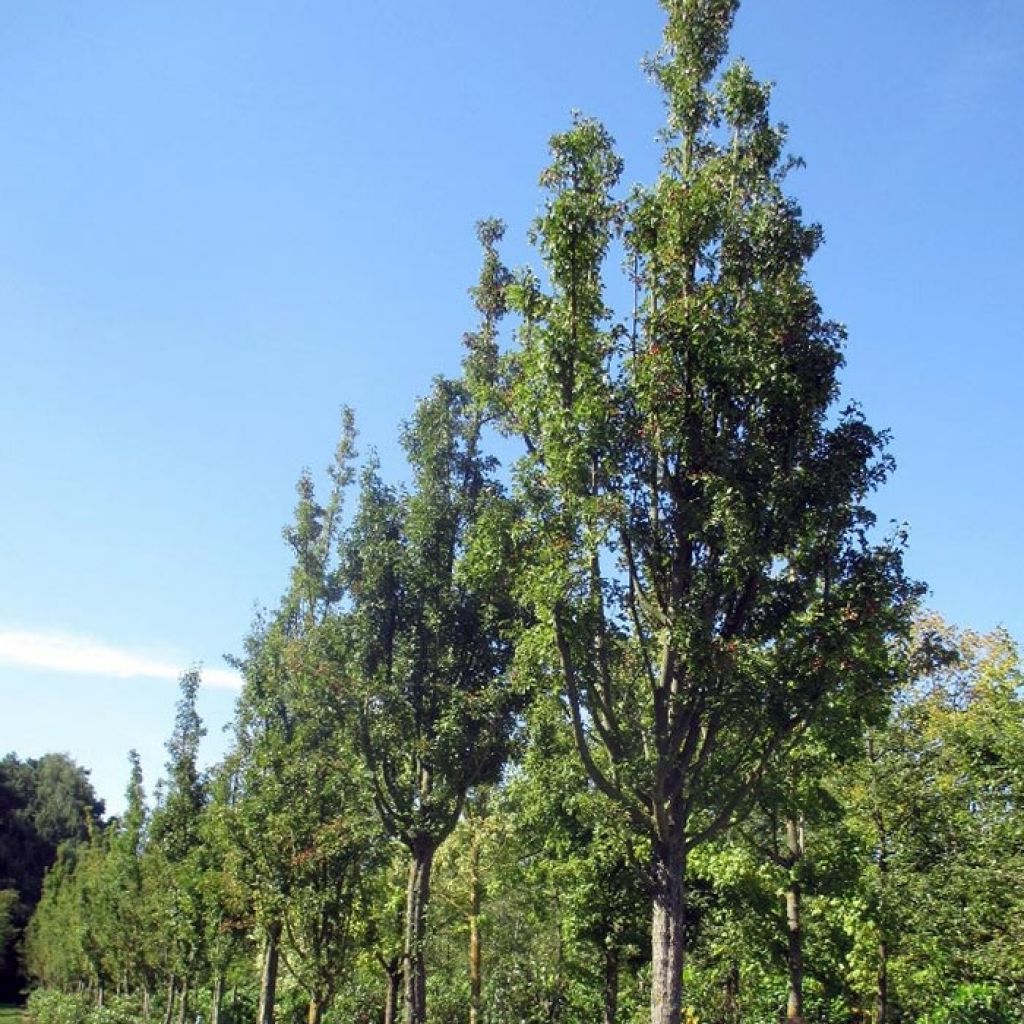

Crataegus monogyna Stricta - Aubépine
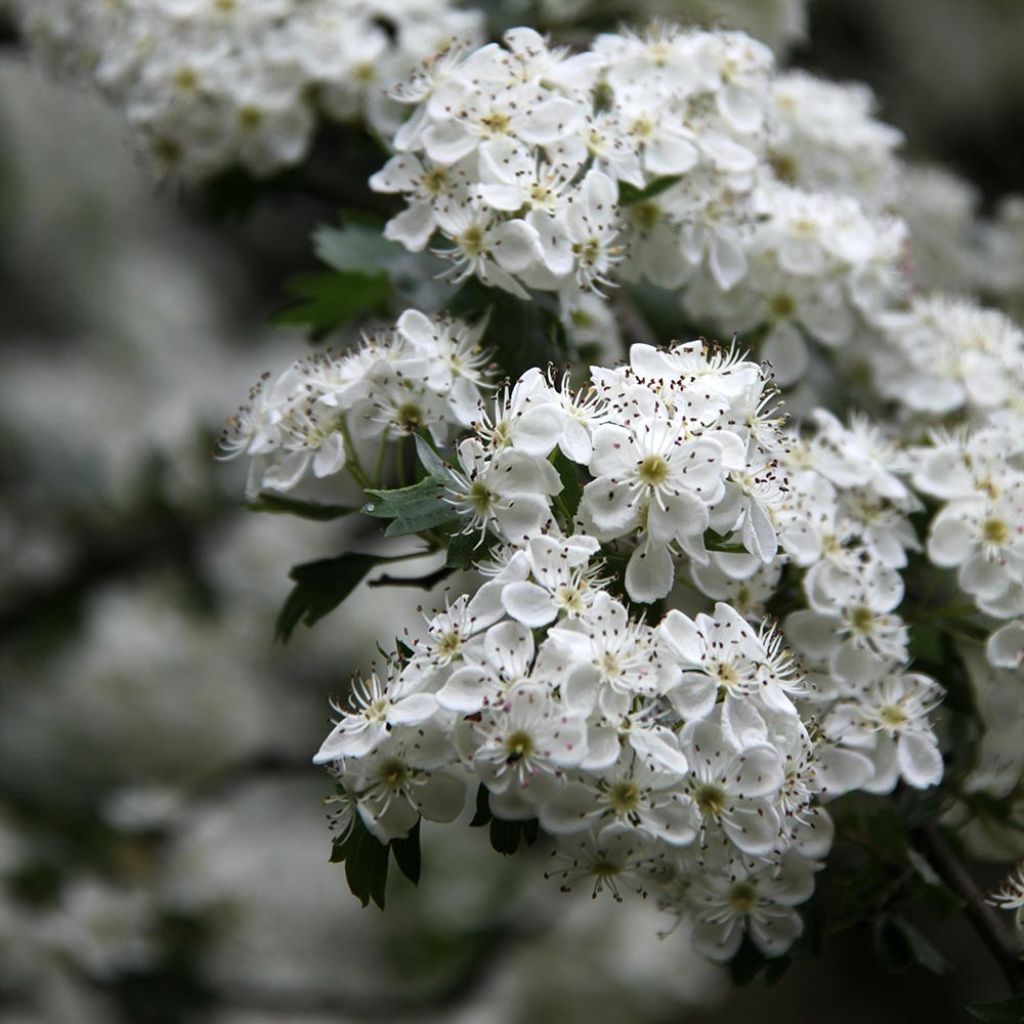

Crataegus monogyna Stricta - Aubépine
Crataegus monogyna Stricta - Hawthorn
Crataegus monogyna Stricta
Common Hawthorn, Single-seeded Hawthorn, May, Quickthorn, Whitethorn, Motherdie, Haw, One-seed Hawthorn
Beautiful bare-root tree, planted according to the recommended guidelines. Can't wait for the leaf and flower budding season to come quickly!
Anny, 10/12/2024
Special offer!
Receive a €20 voucher for any order over €90 (excluding delivery costs, credit notes, and plastic-free options)!
1- Add your favorite plants to your cart.
2- Once you have reached €90, confirm your order (you can even choose the delivery date!).
3- As soon as your order is shipped, you will receive an email containing your voucher code, valid for 3 months (90 days).
Your voucher is unique and can only be used once, for any order with a minimum value of €20, excluding delivery costs.
Can be combined with other current offers, non-divisible and non-refundable.
Home or relay delivery (depending on size and destination)
Schedule delivery date,
and select date in basket
This plant carries a 24 months recovery warranty
More information
We guarantee the quality of our plants for a full growing cycle, and will replace at our expense any plant that fails to recover under normal climatic and planting conditions.
Would this plant suit my garden?
Set up your Plantfit profile →
Description
Crataegus monogyna 'Stricta' is a variety of White Hawthorn that stands out for its remarkably narrow and columnar habit. It reaches about 10m (33ft) in height with only 3m (10ft) in width. In May-June, it is covered with simple and bright white flowers, gathered in corymbs. In autumn, it produces dark red, decorative fruits that are appreciated by birds. Resistant, hardy, and easy to grow, it will find its place in all gardens, even small ones, and is particularly suitable for hedging purposes.
Crataegus monogyna, known as the Single-style Hawthorn, Mono-style Hawthorn, or White Thorn, is a species native to central and southern Europe where it grows in deciduous or mixed forests, in open woods, on the edge of or even in open terrain (meadows). This ornamental plant is ideal for hedges. It belongs to the large Rosaceae family. It is a spiny bush with hard wood and a long lifespan, reaching a height of 10m (33ft) and a width of 6m (20ft) at maturity, with a bushy and dense habit.
'Stricta' is a columnar form, with an erect and narrow habit, slightly widening with age. It reaches about 10m (33ft) in height with 3m (10ft) in width. The trunk bark is grey-brown and scaly, and the short stems are spiny. Its foliage is alternate and deciduous. It is composed of simple leaves, 2 to 5cm (1 to 2in) long, ovate in shape, and deeply cut into 5 to 7 toothed lobes. The leaf veins are divergent. The leaves are shiny dark green, with a duller underside, turning yellow in autumn. In May-June, numerous single, fragrant white flowers appear, grouped in dense and flat corymbs of 6 to 12 flowers. The flower corollas consist of 5 rounded petals and numerous stamens with light pink anthers turning purple. The flowers measure 10 to 20mm (0.4 to 1in) in diameter. In September-October, spherical red fruits with a single stone called "haws" appear, measuring 6 to 10mm (0.2 to 0.4 in) in length. These berries are consumed by birds.
Crataegus monogyna 'Stricta' adapts to any well-drained soil, even limestone, in sunny or semi-shaded positions. It is known for its cardiac regulatory, antispasmodic, and diuretic properties when infused with dried flowers. Not demanding and very hardy, it only requires balanced pruning in February. With its columnar growth, it will fit into gardens of all sizes, in alignment along narrow paths or as a garden border. Resistant to pollution and salt spray, it is an excellent choice for urban or coastal gardens.
Fun facts: White Thorn was once associated with May 1st. It was used as a calming agent to treat gout attacks and pleurisy in the Middle Ages. Be cautious of overdosing, as it can cause cardiovascular disorders. Its wood is used for heating and carpentry.
The term "monogyna" comes from the Latin "monogunus," which means "with a single style." This criterion distinguishes this variety from Crataegus laevigata, which has 2 or 3 styles (pistils) and therefore 2 or 3 stones in the fruit.
Crataegus monogyna Stricta - Hawthorn in pictures
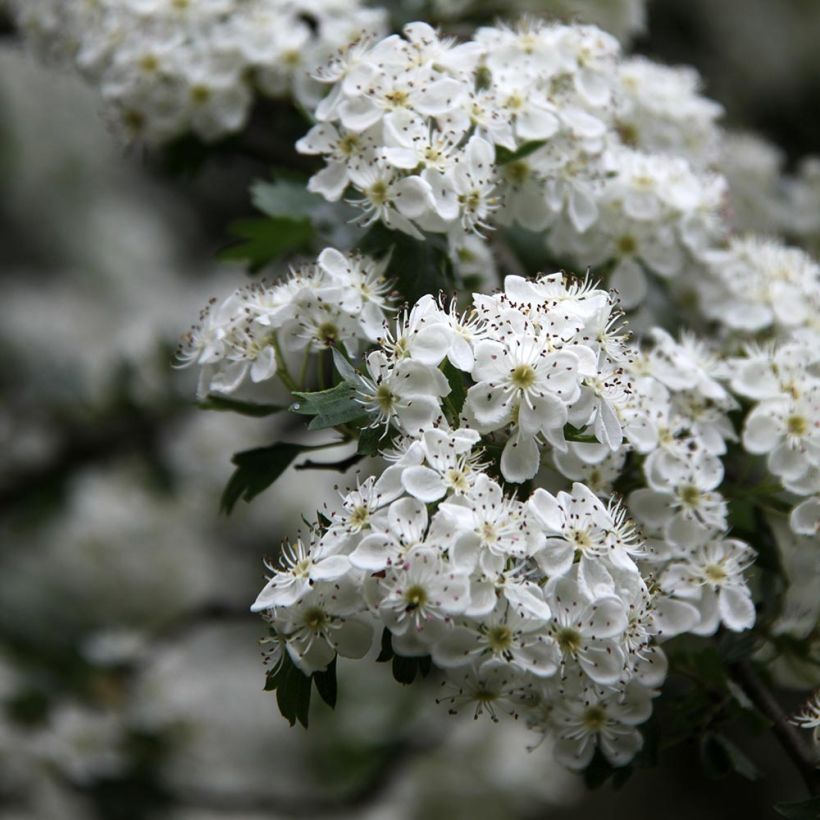

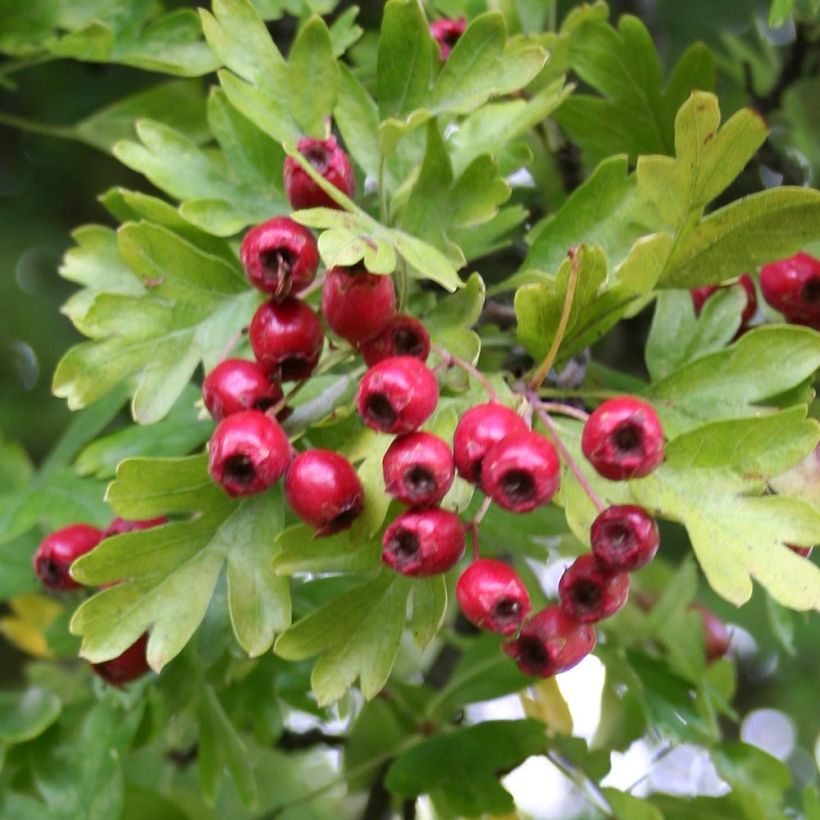



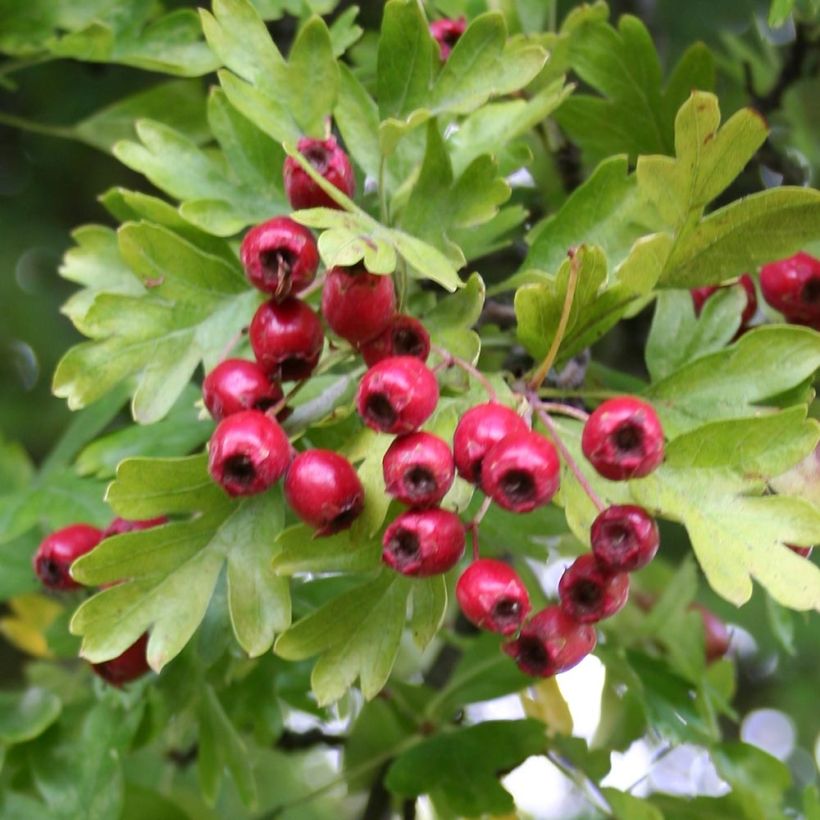

Plant habit
Flowering
Foliage
Botanical data
Crataegus
monogyna
Stricta
Rosaceae
Common Hawthorn, Single-seeded Hawthorn, May, Quickthorn, Whitethorn, Motherdie, Haw, One-seed Hawthorn
Cultivar or hybrid
Other Hawthorn Crataegus
View all →Planting and care
Place in a sunny or semi-shaded location. Plant in autumn in dry, warm, calcareous, and especially well-drained soil. After flowering or in autumn (February-March or August-September), prune and remove rebellious or tangled stems that compromise the proper habit of the tree in. Hawthorn can be affected by caterpillars, aphids, rot, rust, and powdery mildew. It is particularly susceptible to fire blight, which can be an obstacle to planting it near apple and pear orchards.
Planting period
Intended location
Care
Planting & care advice
-
, onOrder confirmed
Reply from on Promesse de fleurs
Similar products
Haven't found what you were looking for?
Hardiness is the lowest winter temperature a plant can endure without suffering serious damage or even dying. However, hardiness is affected by location (a sheltered area, such as a patio), protection (winter cover) and soil type (hardiness is improved by well-drained soil).

Photo Sharing Terms & Conditions
In order to encourage gardeners to interact and share their experiences, Promesse de fleurs offers various media enabling content to be uploaded onto its Site - in particular via the ‘Photo sharing’ module.
The User agrees to refrain from:
- Posting any content that is illegal, prejudicial, insulting, racist, inciteful to hatred, revisionist, contrary to public decency, that infringes on privacy or on the privacy rights of third parties, in particular the publicity rights of persons and goods, intellectual property rights, or the right to privacy.
- Submitting content on behalf of a third party;
- Impersonate the identity of a third party and/or publish any personal information about a third party;
In general, the User undertakes to refrain from any unethical behaviour.
All Content (in particular text, comments, files, images, photos, videos, creative works, etc.), which may be subject to property or intellectual property rights, image or other private rights, shall remain the property of the User, subject to the limited rights granted by the terms of the licence granted by Promesse de fleurs as stated below. Users are at liberty to publish or not to publish such Content on the Site, notably via the ‘Photo Sharing’ facility, and accept that this Content shall be made public and freely accessible, notably on the Internet.
Users further acknowledge, undertake to have ,and guarantee that they hold all necessary rights and permissions to publish such material on the Site, in particular with regard to the legislation in force pertaining to any privacy, property, intellectual property, image, or contractual rights, or rights of any other nature. By publishing such Content on the Site, Users acknowledge accepting full liability as publishers of the Content within the meaning of the law, and grant Promesse de fleurs, free of charge, an inclusive, worldwide licence for the said Content for the entire duration of its publication, including all reproduction, representation, up/downloading, displaying, performing, transmission, and storage rights.
Users also grant permission for their name to be linked to the Content and accept that this link may not always be made available.
By engaging in posting material, Users consent to their Content becoming automatically accessible on the Internet, in particular on other sites and/or blogs and/or web pages of the Promesse de fleurs site, including in particular social pages and the Promesse de fleurs catalogue.
Users may secure the removal of entrusted content free of charge by issuing a simple request via our contact form.
The flowering period indicated on our website applies to countries and regions located in USDA zone 8 (France, the United Kingdom, Ireland, the Netherlands, etc.)
It will vary according to where you live:
- In zones 9 to 10 (Italy, Spain, Greece, etc.), flowering will occur about 2 to 4 weeks earlier.
- In zones 6 to 7 (Germany, Poland, Slovenia, and lower mountainous regions), flowering will be delayed by 2 to 3 weeks.
- In zone 5 (Central Europe, Scandinavia), blooming will be delayed by 3 to 5 weeks.
In temperate climates, pruning of spring-flowering shrubs (forsythia, spireas, etc.) should be done just after flowering.
Pruning of summer-flowering shrubs (Indian Lilac, Perovskia, etc.) can be done in winter or spring.
In cold regions as well as with frost-sensitive plants, avoid pruning too early when severe frosts may still occur.
The planting period indicated on our website applies to countries and regions located in USDA zone 8 (France, United Kingdom, Ireland, Netherlands).
It will vary according to where you live:
- In Mediterranean zones (Marseille, Madrid, Milan, etc.), autumn and winter are the best planting periods.
- In continental zones (Strasbourg, Munich, Vienna, etc.), delay planting by 2 to 3 weeks in spring and bring it forward by 2 to 4 weeks in autumn.
- In mountainous regions (the Alps, Pyrenees, Carpathians, etc.), it is best to plant in late spring (May-June) or late summer (August-September).
The harvesting period indicated on our website applies to countries and regions in USDA zone 8 (France, England, Ireland, the Netherlands).
In colder areas (Scandinavia, Poland, Austria...) fruit and vegetable harvests are likely to be delayed by 3-4 weeks.
In warmer areas (Italy, Spain, Greece, etc.), harvesting will probably take place earlier, depending on weather conditions.
The sowing periods indicated on our website apply to countries and regions within USDA Zone 8 (France, UK, Ireland, Netherlands).
In colder areas (Scandinavia, Poland, Austria...), delay any outdoor sowing by 3-4 weeks, or sow under glass.
In warmer climes (Italy, Spain, Greece, etc.), bring outdoor sowing forward by a few weeks.






























